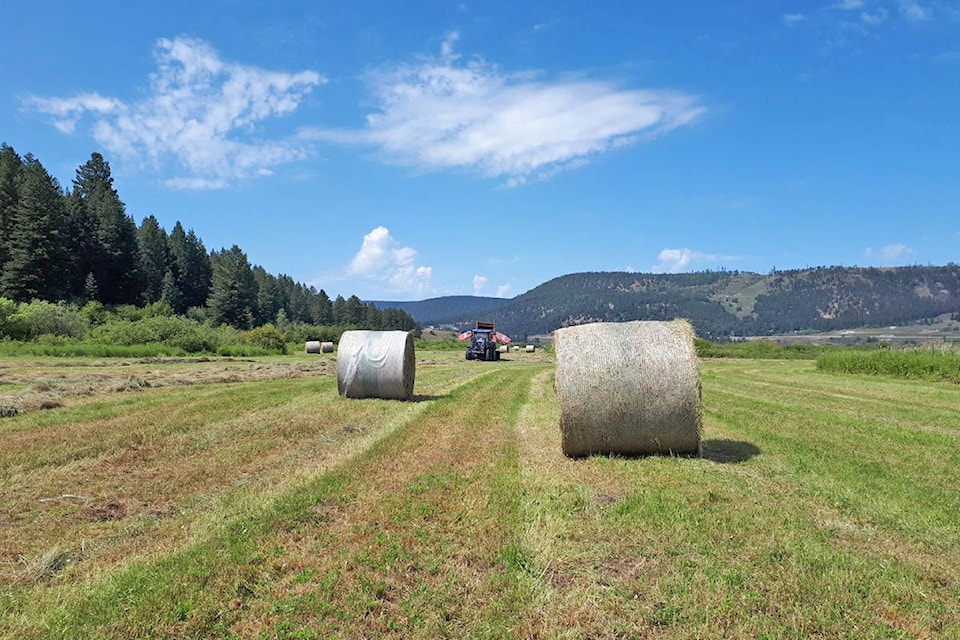“Surviving climate change starts with heat proofing the cow.”
So starts a recent piece of research. Eat less meat you might say, however, climate change is creating more drier agricultural land, so if we are to feed the coming billion people, we have to help the cow adapt to the range environment.
This is happening just as it seems there are more black cattle which heat up more than their lighter coloured relatives.
In high heat the cow’s immune system is reduced in effectiveness therefore making them more susceptible to disease and parasites.
This same science shows that for every degree Celsius increase in temperature the volume of staple crops lost to insects will increase by as much as 25 per cent. (SCIENCE magazine).
The same research says that: “For reasons scientists don’t yet fully understand, rising levels of atmospheric carbon dioxide reduce the amount of vitamins and minerals in plants,including grass, which means livestock have to eat more to get the same nutrients.”
In a previous article I referred to the 40-year decline in protein content of the grass and other plants that livestock eat resulting in less protein in our food.
We have long known that the protein content of grains is reduced as the organic content of the soils is reduced by tillage.
READ MORE: Rome wasn’t built in a day; neither is a ranch
Yes, farming, which is tilling the soil, uses up the naturally occurring organic matter which is the basis to soil fertility.
To make things worse, some Florida research shows that excess heating there has caused the pregnancy rates to decrease from 83 per cent to 77 per cent.
As a result of these phenomena, the Brangus breed (cross breed) of cattle were created.
This breed is 3/8 Brahman and 5/8 Angus.
The Brahman breed, which originated in India, is light creamy-brown or tan, and has short hair and superior sweat glands for cooling. You see a lot of these cattle in Mexico.
But, the marbelling of the meat with fat, is much less than in the Angus breed, which we see as the one of the tastiest meats.
This raises the topic of the need for shade for animals so they don’t overheat. Trees in pastures is the easiest way to accomplish this. The cooler ground under well- spaced trees can retain moisture for grass growth.
If you want your livestock to eat more rather than less, then feed them in the evening rather than during the day.
David Zirnhelt is a rancher and member of the Cariboo Cattlemen’s Association. He is also chair of the Advisory Committee for the Applied Sustainable Ranching Program at TRU.
